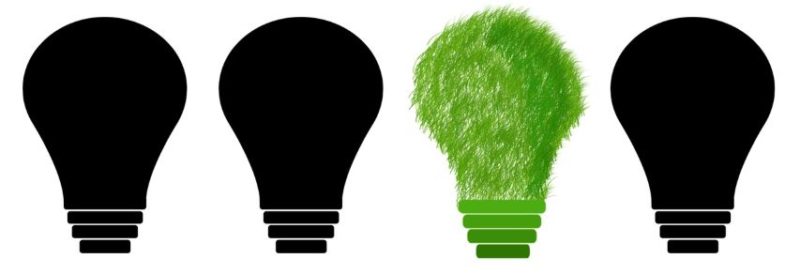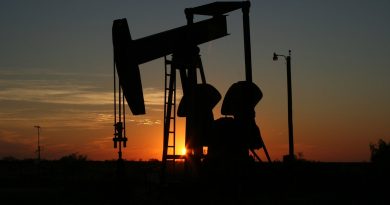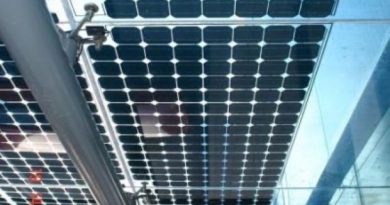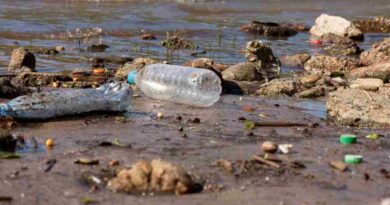EU Wants to Allow Natural Gas, Nuclear in Green Investment

The European Union on Wednesday proposed including nuclear energy and natural gas in its plans for building a climate-friendly future, dividing member countries and drawing outcry from environmentalists as “greenwashing.”
The green labeling system from the European Commission, the EU’s executive arm, would define what qualifies as an investment in sustainable energy in the 27-nation bloc. Under certain conditions, gas and nuclear energy could be part of the mix, making it easier for private investors to inject money into both.
The plan will please the EU’s two most powerful nations: France is reliant on nuclear power, which raises concerns about long-term impact on the environment, and Germany depends on gas, a fossil fuel many consider a bridge to renewables. EU members like Austria and Luxembourg already have raised the possibility of legal disputes as they challenge the green notion of nuclear.
The commission says including nuclear and gas as transitional energy sources does not amount to a free pass and aims to accelerate efforts to reduce carbon emissions.
“We are setting out strict conditions to help mobilize finance to support this transition away from more harmful energy sources like coal,” said Mairead McGuinness, the commissioner in charge of financial services.
Critics call it a big blow to climate goals.
“This anti-science plan represents the biggest greenwashing exercise of all time. It makes a mockery of the EU’s claims to global leadership on climate and the environment,” Greenpeace EU sustainable finance campaigner Ariadna Rodrigo said.
With the EU aiming to reach climate neutrality by 2050 and to cut greenhouse gas emissions by at least 55% by 2030, the bloc says the so-called taxonomy classification system is crucial to direct investments into sustainable energy.
Energy use accounts for about three-quarters of the greenhouse gas emissions produced in the EU. Commission officials believe that as long as there are not enough renewables available, gas and nuclear will help phase out more harmful energy sources.
Under the plan, gas projects must meet emission thresholds and achieve reduction targets. They also should replace existing coal facilities that cannot be substituted with renewables and switch to renewable or low-carbon gases by 2035.
For nuclear, the commission said research, development and use of advanced technologies reducing waste and improving safety will be included. New nuclear plants producing electricity or heat are allowed until 2045.
France, which derives about 70% of its electricity from nuclear energy, led the charge for its inclusion with several other EU countries that operate nuclear power plants. A low-carbon alternative to fossil fuels, nuclear energy represented around 26% of the electricity produced in the bloc in 2019.
Germany, Europe’s largest economy, demanded that gas be part of the plan. It shut down half of the six nuclear plants it still had in operation in January, a year before the country draws the final curtain on its decades-long use of atomic power.
Gas, while a fossil fuel, is considered by the EU to be a bridge to a cleaner energy future, and officials said its inclusion in the taxonomy aligns with the international goal of trying to limit warming to 1.5 degrees Celsius (2.7 F) above pre-industrial times.
German officials said at a regular government news conference that they hadn’t yet had time to read the decision and couldn’t comment on it. Spokesman Steffen Hebestreit noted that the government has at least four months to examine the proposal but made clear that Germany’s position hasn’t changed.
“The position of the German government remains that we are against nuclear energy being judged sustainable,” he said.
The Ecological Transition Ministry in Spain said that the European Commission’s proposal “doesn’t send the appropriate signals for investments in clean energy,” adding in a statement that Spain has always advocated for a classification based “on science and evidence, useful and credible.”
In Brussels, protesters from the Avaaz network wore masks of European Commission President Ursula von der Leyen, French President Emmanuel Macron and German Chancellor Olaf Scholz as they posed in front of a tombstone reading, “RIP EU Green Deal. Killed by Gas and Nuclear.”
“What is happening today is the commission are labeling gas and nuclear as green energy, and in doing so, they are going to be channeling billions of euros away from renewables and towards dirty climate projects,” activist Sam Ryan said.
The commission’s plans still need the backing of a large majority of the 27 member states and a simple majority in the European Parliament.




